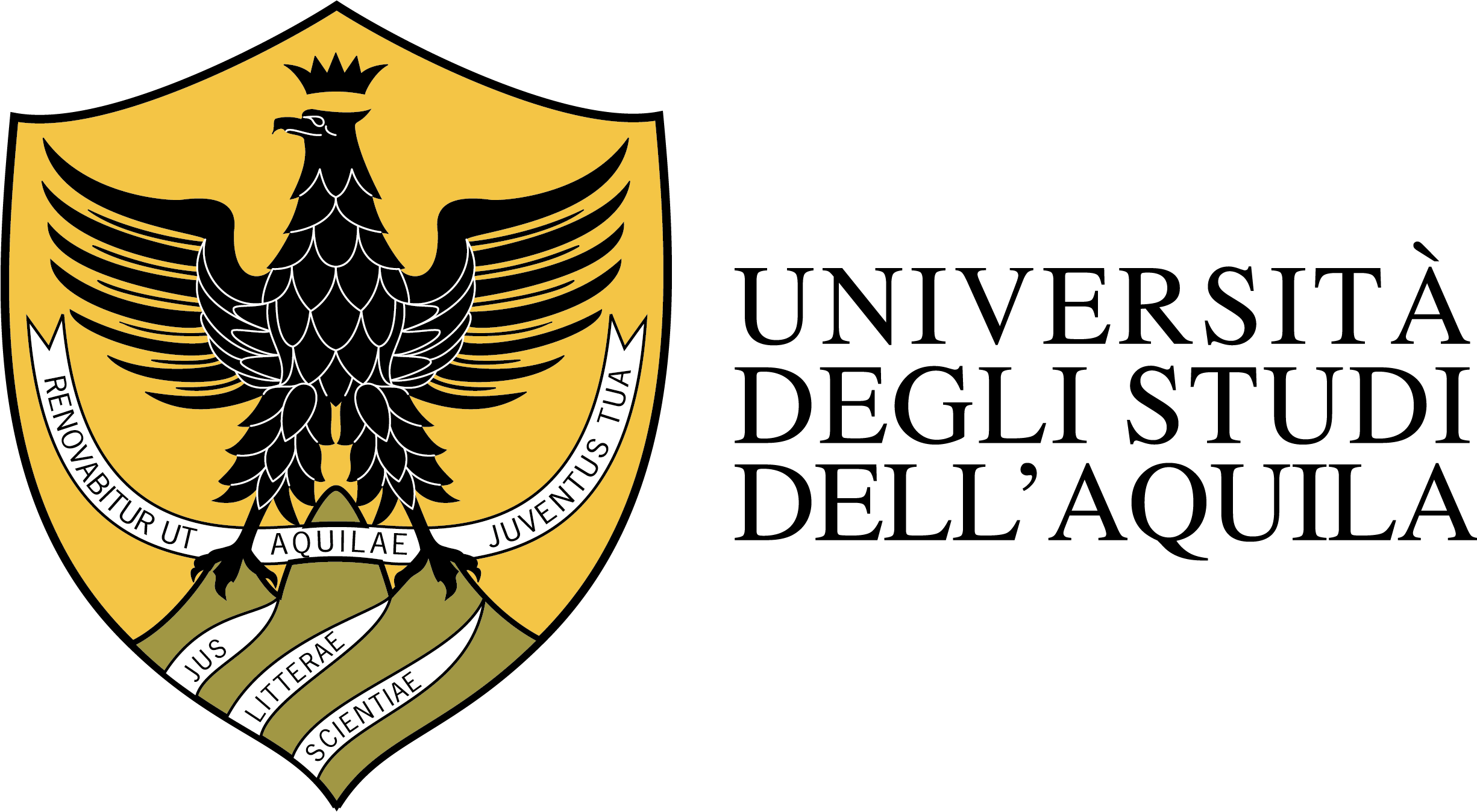Timber Engineering
Denominazione del corso: Timber EngineeringCorso di studi: I4Z - Laurea magistrale in Ingegneria delle Strutture e delle Costruzioni
Quadrimestre/Semestre: 1°
Anno: 1°
Numero di moduli: 0
Crediti: 9
Ore: 90
Tipologia: B - Attivit√?¬† caratterizzanti
Struttura: monodisciplinare
Settore Scientifico Disciplinare: ICAR/09 (Tecnica Delle Costruzioni)
Docente: Massimo Fragiacomo (60 ore). Titolo copertura: Prof. ordinario
Orario di ricevimento: Martedì dalle 10:00 alle 12:00
Docente: Martina Sciomenta (30 ore). Titolo copertura: Ricercatore a tempo determinato
Programma sintetico del corso:
Mechanical and physical properties of timber as construction material. Wood-based products. Advantages and disadvantages of timber. Ultimate and serviceability limit states of timber members. Design of timber connections. Single- and multi-storey timber buildings.Programma esteso del corso:
 Programma completo (PDF)
(Aggiornato il 11-09-2025)
Programma completo (PDF)
(Aggiornato il 11-09-2025) Timber as a construction material: mechanical and physical properties. Microstructure of wood. Mechanical properties (compression, tensile and bending strength) of clear specimens. Influence of the anisotropy: strength parallel and perpendicular to the grain. Macrostructure of wood. Mechanical properties (compression, tensile and bending strength) of structural size timber specimens. Influence of the defects (knots, grain deviations, etc.) on the mechanical properties. Bending strength (or Modulus of Rupture) of timber. Strength grading of sawn timber: visual and machine grading. Visual grading criteria. Influence of moisture content on strength, shrinkage and swelling. Distortion. Drying. Dependency of the strength on the load duration. Creep and mechano-sorptive creep. Modification factors for strength (kmod) and deformation (kdef). Technological processes to reduce the anisotropy and influence of the defects in timber. Engineered wood products: glued laminated timber, laminated veneer lumber (LVL), cross-laminated timber (Xlam), plywood, Oriented Strand Board (OSB), particleboard. Determination of the strength classes of glulam depending upon the strength classes of the laminations. Examples of glulam structures. Advantages of timber: aesthetic appearance, sustainability. Tensile and compression strength, high strength-to-weight ratio, speed of erection. Comparison with the mechanical properties of steel and concrete. Possible problems of timber structures: anisotropy, defects, reduced modulus of elasticity, effects of moisture content, reduced ductility, durability, combustibility. Bases of limit state design for timber structures: elastic analysis, design inequality in terms of stresses, design strength, choice of the most critical load combinations, ultimate limit state of tension par. to grain, compression par. to grain, tension perp. to grain, compression perp. to grain, bending, flexural buckling, lateral-torsional buckling, coupled bending and compression, coupled bending and tension. Serviceability limit states of deflection control, in the short and long-term. Worked example of design of a glulam beam. Worked example of design of a roof structure. Mechanical connections between timber elements: nails, screws, dowels, bolts, glue, nailed and toothed metal plates. Glued connections. Connections with glued-in rods. Moment-transmitting connections and pinned connections: determination of the strength demand in each fastener. Calculation of the shear capacity of a mechanical fastener: Johanssen equations, rope effect, Eurocode 5 design formulas. Timber-to-timber and steel-to-timber connections. Calculation of the withdrawal capacity of a mechanical fastener according to the Eurocode 5. Group effect. Effective number of fasteners. Failure mechanisms and design formulas for glued-in rods subjected to withdrawal force. Worked example of design of a timber splice connection subjected to tension. Worked example of moment-transmitting beam splice joint subjected to bending and shear. Single-storey industrial and commercial timber buildings: typical gravity and lateral load resisting systems. Bracing systems. Strength demand in the different structural members. Load combinations. Restraints provided by bracings to vertical and horizontal members against buckling. Single and double tapered beams. Arches. Multi-storey timber buildings: typical gravity and lateral load resisting systems. Lightframe construction, solid panel (Xlam and glulam) construction, log-house buildings, hybrid buildings, cantilevered wall systems, moment-resisting frames, passive based isolated buildings. Use of prefabrication. Balloon and platform construction. Examples of multi-storey timber buildings. Timber floor solutions. Bases of forestry. Sustainable forestry practice. The short procurement chain of timber: zero kilometre timber buildings. Advantages for the society and the environment. Visit of a Xlam production plant.
Testi consigliati:
Timber Engineering, by Sven Thelandersson and Hans J. Larsen, edited by Wiley
ISBN: 978-0-470-84469-4
Modalità d'esame:
Written exam with design of a timber member or a timber joint at ultimate and serviceability limit states, and general questions on the topics of the course. Design project of a single-storey timber building.
Risultati di apprendimento previsti:
At the end of the course, the student will be able to design timber members and connections at ultimate and serviceability limit states, with special emphasis on single-storey buildings.


